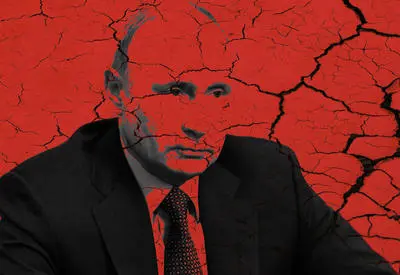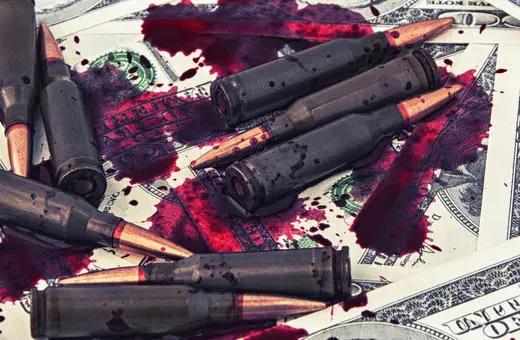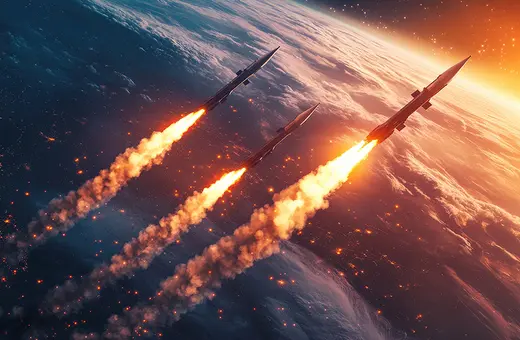The retreat of Russia’s forces from the Kharkiv district marks the most significant defeat for Russia since the start of war in Ukraine. The conflict however, is far from over argues Tchantouridze, Putin will now seek to decimate Ukraine’s economic and military infrastructure in a war of attrition, knowing that if Russia incur and further losses in the Black Sea and Kherson, they could lose more than just the war.
In early September 2022, the Russian military forces suffered the most significant defeat since Moscow unleashed the war in Ukraine. The Russian troops retreated from the Kharkiv district in the Northeast of Ukraine and its surrounding areas ahead of the advancing Ukrainian forces. The Russian withdrawal was neither planned nor orderly, as evidenced by the large number of heavy equipment pieces left behind.
Despite this success by the Ukrainian forces fighting to liberate their country from the Russian invader, the war in Ukraine is far from over. Moscow will try to use this defeat in northeastern Ukraine to regroup and ready its troops for a winter campaign, hoping to achieve better success elsewhere in the active military theater.
 SUGGESTED READING
How we got Putin so wrong
By Stathis N. Kalyvas
SUGGESTED READING
How we got Putin so wrong
By Stathis N. Kalyvas
The Russian troops deployed in the Donbas region, located East of Ukraine, accelerated their attacks as their comrades retreated from Kharkiv. Ukraine's south and southeast will now be the main operational focus for Russia's war machine this autumn and winter.
From the beginning of this war, Russia has had about 100 enhanced combat battalions deployed in Ukraine. After the initial disorderly and chaotic invasion, which quickly fell to pieces and resulted in significant losses for the Russians, Moscow abandoned its highly ambitious objective of capturing Kyiv.
After Russia’s retreat from northern Ukraine 14th May 2022, the active front from Kharkiv to Mykolaiv, about 1,200 kilometers (750 miles) remained unacceptably long for just 100 combat battalions. Each enhanced battalion can control a front of no more than 3.5 kilometers (about 2.2 miles) wide. Thus, an adequate deployment would require over three times the number of battalions. With the autumn rains and light snow in early winter, the Russian battalions in northeastern Ukraine would have been impossible to support -- not that they were even adequately equipped and fueled in the summer months.
___
Moscow will try to use this defeat in northeastern Ukraine to regroup and ready its troops for a winter campaign, hoping to achieve better success elsewhere in the active military theater
___
The logistical lines for the Russian forces, however, are better developed in south and southeastern Ukraine. Not only have they operated there since 2014, southern Ukraine is warmer meaning that it is easier to wage a winter campaign there. The geographic environment of southern Ukraine is more step-like, with flat and wide-open areas as opposed to the heavily forested areas of the northeast. This means that the Ukrainian partisans, sabotage groups, and special forces have had more difficulties harassing the enemy there.

Map of the relevant Ukrainian territories
It is worth noting that the war maps presented on television screens, in printed and electronic media are somewhat misleading as they depict large swaths of Ukraine controlled by the Russian troops. It is true that the Russians have enough manpower to control populated areas and important intersections. However, sparsely populated rural areas are beyond their immediate control, including major highways that remain vulnerable to ambushes and sabotage in remote and forested locations.
SUGGESTED VIEWING Russia, Ukraine and the Future of Economics With Vince Cable





















Join the conversation